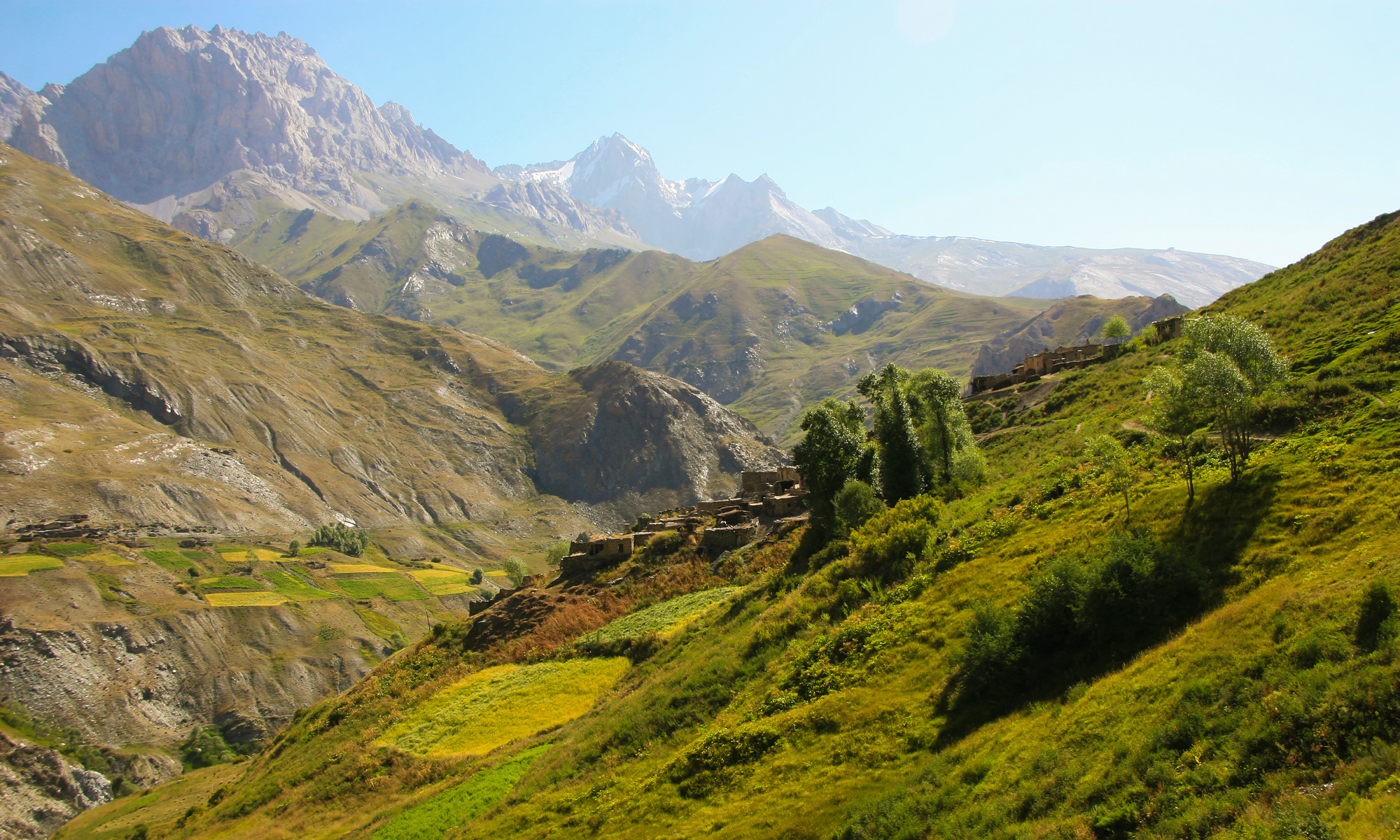In late 2022, Minority Rights Group International released a report that laid bare a long-standing truth: Tajikistan’s ethnic minorities are being systematically underserved, particularly in health, education, and political representation.
For Yaghnobi communities — already facing the pressures of migration, cultural erosion, and environmental fragility — the findings came as no surprise. But they brought renewed urgency.
The report documented structural gaps in public service delivery to minority groups, especially those living in remote areas. It found that Yaghnobi and Pamiri populations continue to experience:
-
Lower access to quality healthcare and medical infrastructure
-
Educational systems that fail to support mother-tongue instruction
-
A near-total lack of official recognition in state policy frameworks
While some of these issues have been raised before, this report connected the dots, revealing a wider pattern of neglect reinforced by invisibility.
In the Yaghnob Valley and in diaspora communities like Zafarabad, stories of unequal treatment have long circulated. A teacher without textbooks. A sick elder with no transport to a clinic. A village left off the map during aid distribution.
What the 2022 report did was compile these realities into hard evidence — making it harder for decision-makers to ignore them. By relying on field interviews, local sources, and public data, MRG’s publication offered a sharp statistical picture of what communities have known for years.
One key issue stood out: linguistic exclusion. Yaghnobi remains excluded from all levels of the education system, despite previous legal acknowledgments of cultural rights. Without teaching materials, trained instructors, or institutional support, the language is passed on only through oral tradition — and even that is fading.
The report also touched on the disconnect between official recognition and practical rights. While minority languages like Yaghnobi may be named in policy documents or cultural frameworks, they rarely receive funding, infrastructure, or support.
This has consequences:
-
Children grow up disconnected from ancestral knowledge
-
Medical services are ill-prepared to serve linguistically or culturally distinct populations
-
Communities feel unseen by the institutions meant to serve them
When ethnic identity is absorbed into majority categories, the result is not unity — it is disappearance.
MRG’s report is not the first to spotlight these disparities. But in a global environment increasingly attentive to questions of equity, recognition, and climate justice, it may be one of the most timely.
It raises pressing questions:
-
What would linguistically inclusive public health look like in rural Tajikistan?
-
How can community-driven education models help preserve minority languages while improving access?
-
What responsibility do international donors and NGOs have to address internal marginalization — not just regional poverty?
For change to be meaningful, it must start with recognition — not symbolic, but structural. That means:
-
Including Yaghnobi in state education and cultural policy
-
Ensuring equitable healthcare access in minority areas
-
Funding community-led language documentation and revitalization
-
Counting Yaghnobi people as Yaghnobi, not as a line under “Tajik” on a form
Because policy only works when it is visible. And visibility begins by naming who has been left behind.
The 2022 report did not offer easy solutions. But it asked the right questions. And in doing so, it reminded us that justice for Yaghnobi communities — like so many others — begins with being seen, counted, and heard.
The hope now is that those in power are finally listening.
